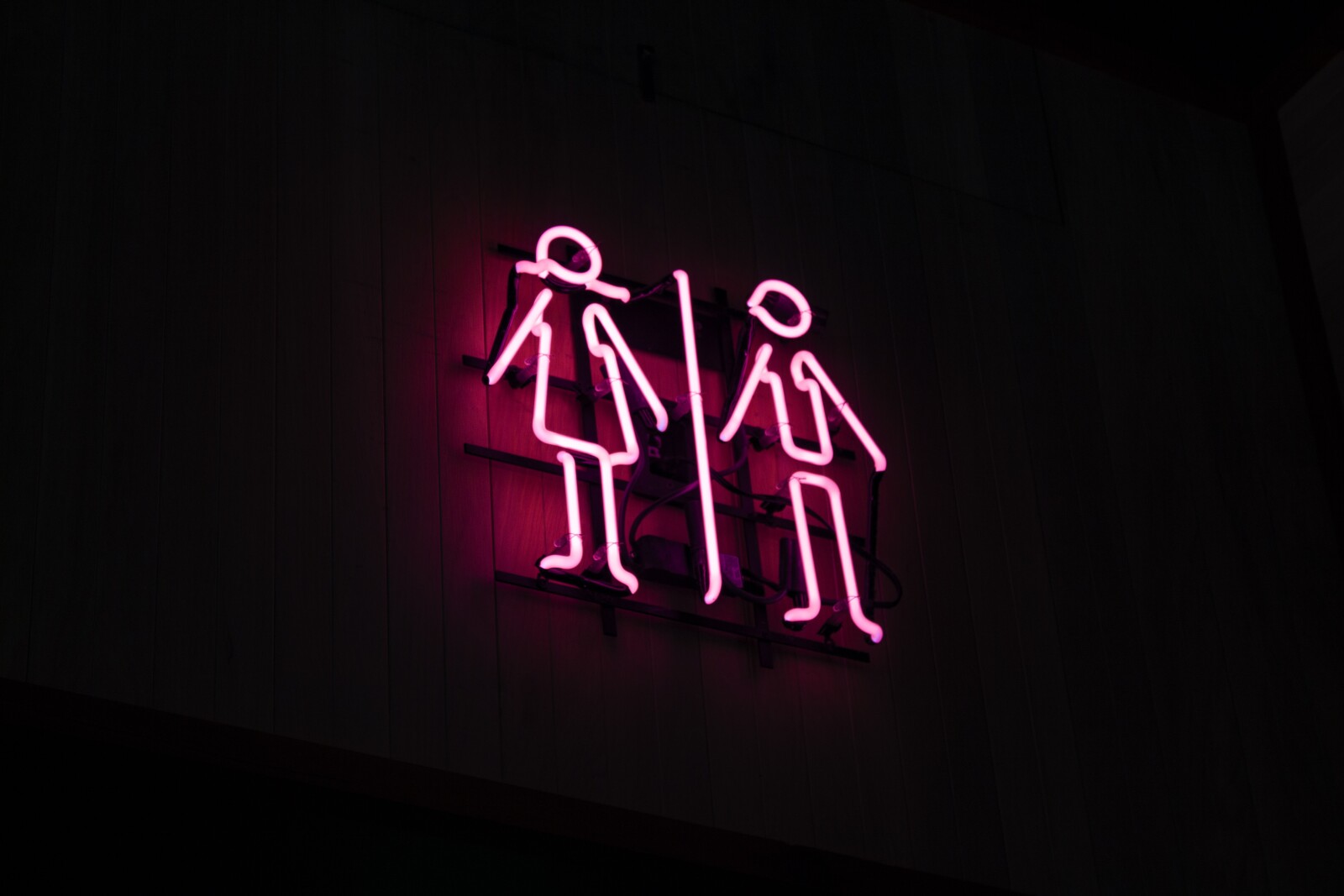Gender Balance Shifts: Women Dominate Law Schools
As gender dynamics shift, women are increasingly dominating law schools. In 2016, female enrolment surpassed 50%, a trend extending to top-ranked institutions. Despite this progress, challenges persist in the legal field, including gender disparity and a significant pay gap. This article offers an in-depth analysis of these trends, highlighting the importance of gender diversity and its implications for the future of the legal profession.

Key Takeaways
- Women have surpassed 50% of all law students, with their enrollment in law schools increasing for three consecutive years.
- Top-ranked law schools are seeing an increasing representation of women, with more female attendees than in previous years.
- Overall law school enrollment has increased, with a significant rise in first-year enrollment.
- While some law schools have low female enrollment, there are others that have made efforts to increase the percentage of female students.
The Changing Landscape: Women’s Representation in Law Schools
In the evolving landscape of legal education, one observes a significant shift in gender dynamics as women's representation in law schools has seen a consistent increase in recent years. This trend indicates increasing opportunities for women in the legal profession, and a promising progression towards gender balance. It's not merely about enrollment numbers; the focus is also on the quality of education and future prospects. The rise in female representation in top law schools suggests an encouraging potential for more women to enter prestigious roles within the legal field. However, despite these strides, there are still challenges to be met to fully leverage this shift in gender dynamics. The legal profession must ensure that this increased representation translates into equal opportunities and improved career progression for women.
A Closer Look at Female Enrollment in Prestigious Law Schools
Delving into the details of female enrollment in prestigious law schools reveals a promising trend of increased representation, yet it also underscores the continued need for gender balance in the legal field. Recent data reveals that a number of top-ranked law schools have seen a rise in female attendees, marking a significant shift towards increasing gender diversity in legal education. However, the challenge remains to ensure this trend continues and translates into equal opportunities in the legal profession. Despite the progress, disparities persist, particularly in leadership roles and pay. The increasing female representation in prestigious law schools is a crucial step towards addressing these imbalances, but it is merely one part of a larger, multifaceted solution required to achieve true gender equality in the legal field.
Analyzing Law School Rankings Based on Female Student Enrollment
We will now proceed to analyze the rankings of law schools based on the enrollment of female students, observing trends and drawing conclusions about gender diversity in these institutions. The impact of female enrollment on law school rankings has become increasingly apparent, with a rise in enrollment observed at prestigious law schools. This surge in female representation not only improves gender diversity but also influences school rankings. Strategies for increasing female representation in law schools include creating a conducive environment for women and implementing policies that appeal to prospective female students. The trend signifies a shift towards gender balance in law schools and the legal profession. However, there remains room for improvement, specifically in schools where female enrollment is still significantly low. The challenge lies in maintaining this upward trajectory and ensuring gender parity across all law institutions.
Identifying Law Schools With Lower Female Representation
Why are some law schools still experiencing lower female representation despite the overall increasing trend in female enrollment in legal education? Gender disparities are evident in institutions such as Pennsylvania State - Dickinson Law and Brigham Young University, where the underrepresentation of women is anomalous to general trends. While multiple factors contribute to this phenomenon, cultural beliefs, lack of mentorship, and dearth of role models are notable. To counter this, strategies for promoting gender balance in legal education must be prioritized. Implementing policies that encourage female enrollment, creating supportive networks, and promoting female faculty can help. By recognizing the benefits of diversity in legal education, law schools can work towards inclusivity, ensuring that they are not left behind in the broader trend of female representation.
Emerging Trends in the Legal Field Favoring Women
Over the past decade, there has been a noticeable shift in the legal field with emerging trends increasingly favoring women, particularly in regards to representation in law schools and leadership positions. This transformation signifies women's empowerment in a traditionally male-dominated profession, contributing to overcoming gender bias. The increased enrollment of women in top law schools reflects a broader societal shift towards gender equality. However, despite these advancements, women remain underrepresented in senior roles, indicating persistent gender bias. The focus must now shift towards ensuring that this increased representation translates into equivalent progress at senior levels. The legal field has a crucial role to play in this, championing for change and setting precedents that could influence other sectors. This ongoing shift is not just about statistics, but about fundamentally reshaping the legal landscape.
Addressing the Challenges Faced by Women in the Legal Sector
Despite the recent surge in female enrollment within law schools, there remains a pressing need for strategies aimed at tackling the inherent challenges within the legal sector which often act as barriers to women's progress and success. The glaring disparity in leadership positions, stark pay gaps, and additional hurdles faced by women of color, all underscore the necessity for systemic reform. Achieving gender equality within the legal sector requires a multi-pronged approach. This includes inclusive hiring practices, fostering mentorship opportunities, and creating supportive professional environments that facilitate women's advancement. Encouragingly, the increasing number of women attending law schools signals a positive shift towards greater gender representation. This trend should be leveraged to drive systemic change, ultimately fostering a more equitable legal landscape.
Uncovering the Gender Pay Gap in the Legal Profession
Exploring the nuances of the gender pay gap in the legal profession reveals stark disparities, with median earnings of female lawyers significantly trailing those of their male counterparts, thereby highlighting an urgent need for reform. Despite women's increasing presence in law schools and the workforce, their compensation lags behind. Uncovering gender disparities in remuneration uncovers a deeper issue – systemic bias. While women under 35 earn $77,000 annually, their male colleagues earn $85,000. This disparity escalates with age, with a significant wage gap between men and women lawyers aged 45 to 54. These findings underscore the imperative of closing the wage gap, requiring a comprehensive review of compensation policies, heightened transparency, and an unwavering commitment to equitable pay.
The Year of Female Attorneys: A Look Back at 2018
Reflecting on 2018, we can accurately label it as 'The Year of Female Attorneys,' characterized by a surge in the representation of women in law schools and the legal field. The impact of female attorneys in the legal field: a retrospective analysis, reveals a promising trend. Women constituted 52.39% of all students in ABA-approved law schools, an increase for the third consecutive year. Nine of the top 20 law schools had more female attendees than male. Examining the rise of women in leadership roles within the legal profession, we can expect an increase in women judges, deans, and private law firm partners. Despite existing challenges such as gender disparity and pay gap, 2018's momentum suggests a positive future for gender diversity in the legal profession.
Frequently Asked Questions
What Initiatives Are Law Schools Implementing to Attract More Female Students?
Law schools are implementing various initiatives to attract more female students. These include Female Empowerment Initiatives, designed to support and encourage women in their pursuit of legal careers. Additionally, many institutions are offering scholarships specifically for women, thereby easing the financial burden of law school. These efforts not only attract more female students, but also contribute to a larger shift towards gender balance in the field of law.
How Has the Shift in Gender Balance in Law Schools Affected the Overall Law School Environment and Culture?
The shift in gender balance has positively influenced law school environments. Enhanced classroom dynamics, with diverse perspectives and debates, have fostered enriched learning experiences. Moreover, increased female attendance has facilitated greater mentorship opportunities, with more female professionals guiding aspiring women lawyers. This shift is gradually challenging traditional norms, promoting inclusivity, and contributing to a constructive change in the law school culture.
Are There Any Specific Areas of Law That Are Seeing a Higher Increase in Female Participation?
Increasing women's participation in law schools has translated into certain areas of law, particularly family and human rights law. A noteworthy development is the rise in female judgeship, contributing to a more balanced judiciary. Additionally, the growth of women's legal organizations has been remarkable, fostering gender equality and offering specialized support to female legal professionals. This trend reflects the changing dynamics and the drive towards gender inclusivity in the legal field.
What Strategies Are Being Used to Address the Gender Pay Gap in the Legal Field?
Addressing the gender pay gap in the legal field involves several strategies. Pay transparency is a critical method, ensuring equal pay for equal work and making disparities visible. This fosters a culture of fairness, thus attracting and retaining female talent. Additionally, equipping women with salary negotiation skills is vital to bridge the gap. This involves training and mentorship programs designed to enhance women's bargaining power and confidence in negotiating equitable remuneration.
How Are Law Firms Adapting to the Increasing Number of Female Law School Graduates Entering the Workforce?
Law firms are adapting to the influx of female law school graduates by implementing mentorship programs, providing young female lawyers with seasoned professionals to guide their career development. Additionally, to cater to the needs of women, particularly those balancing family responsibilities, firms are offering flexible scheduling. This includes part-time arrangements and the option to work remotely. These adaptations not only support gender diversity but also enhance job satisfaction and retention rates among female lawyers.
Conclusion
The increasing representation of women in law schools signals a promising shift towards gender balance in the legal profession. However, persistent disparities, including the gender pay gap and challenges faced by women of color, underscore the need for continued efforts to foster diversity and equity. As women dominate law schools, it is imperative to create an inclusive legal culture that supports their upward mobility, thus reshaping the future landscape of the legal profession.

This post has been generated by AI and was not reviewed by editors. This is Not legal advice. Please consult with an attorney.




